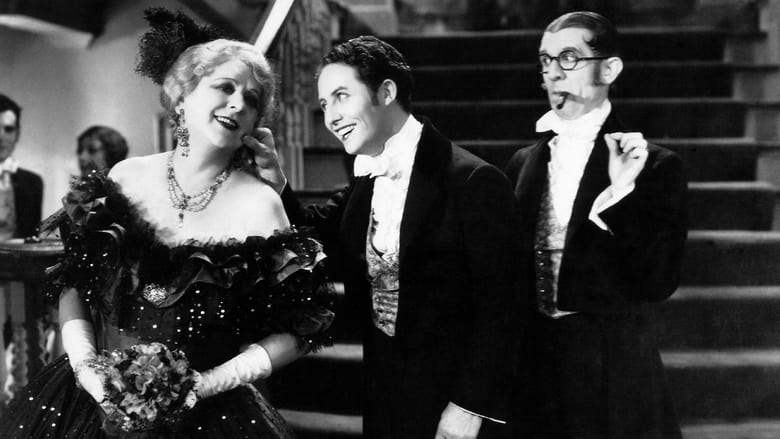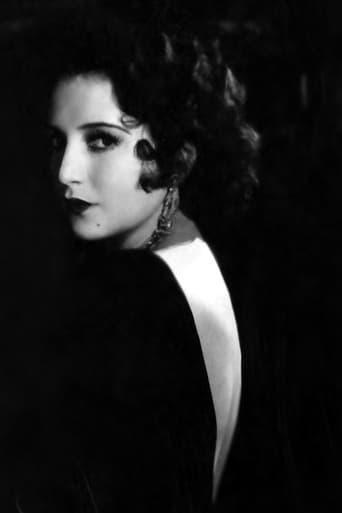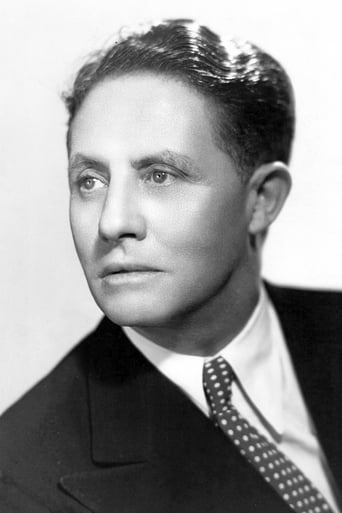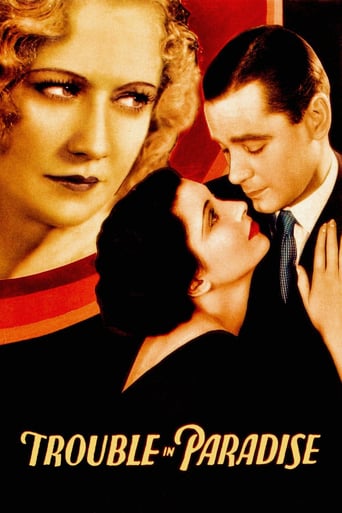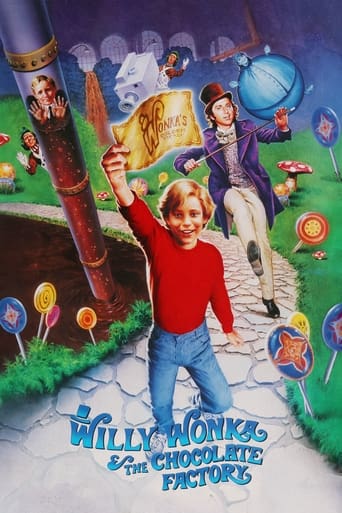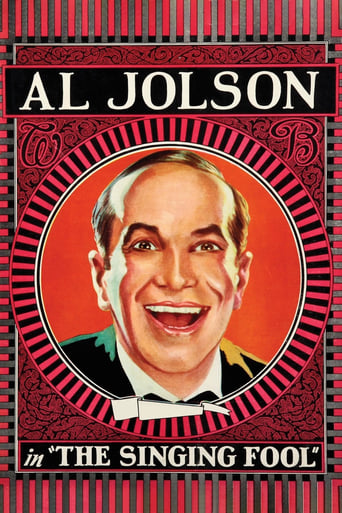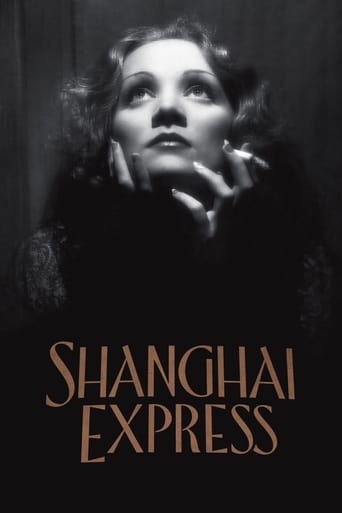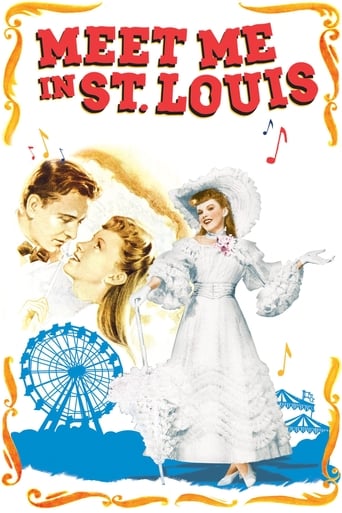Dixiana (1930)
A circus performer falls in love with the son of a plantation owner in antebellum New Orleans. When the young man's stepmother objects to the wedding, the couple break apart and go their separate ways for a time. Also in the mix are two circus comics who feud over the heart of another Southern belle.
Watch Trailer
Cast
Similar titles
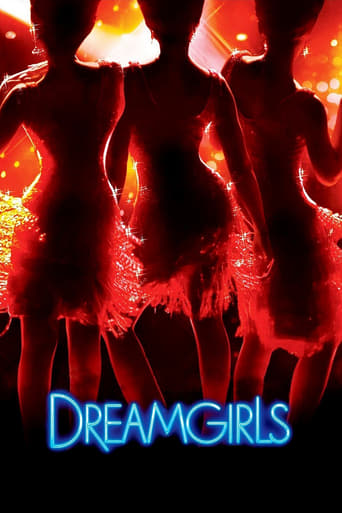
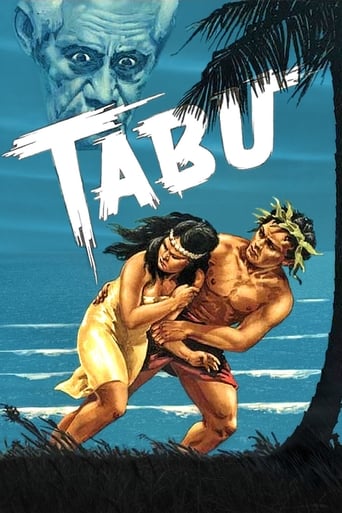
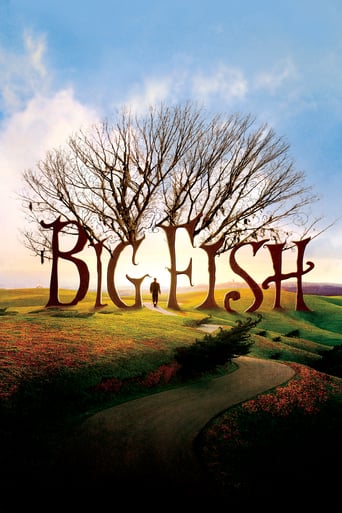
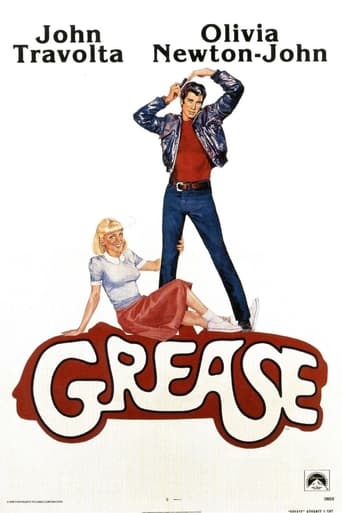
Reviews
Just perfect...
This is a coming of age storyline that you've seen in one form or another for decades. It takes a truly unique voice to make yet another one worth watching.
This movie tries so hard to be funny, yet it falls flat every time. Just another example of recycled ideas repackaged with women in an attempt to appeal to a certain audience.
All of these films share one commonality, that being a kind of emotional center that humanizes a cast of monsters.
Today's audiences just don't get vaudeville or burlesque humor for the most part, and they certainly don't understand the social mores of the past. For a common entertainer like the title character (played with gusto by Bebe Daniels) to fall in love with a Southern aristocrat (Everett Marshall) and for him to return her affections would shock society, and indeed it does. His Vaugnerian mother (Jobyna Howland) is one of those larger than life dowagers, a woman of tremendous size (in weight and height), who, like Henry Higgins described in "My Fair Lady", has a voice that shatters glass. Howland's demure husband (Joseph Cawthorn) isn't afraid to stand up to her every now and then since he holds the purse strings, but when size comes down to it, she always wins. Gambler Ralf Harolde is also determined to see that Daniels' common past keeps her and Marshall apart, even if it means destroying him in a card game.Along for the ride in this lavish early musical is the comedy team of Bert Wheeler and Robert Woolsey, then featured performers in films, not quite the headliners of their corny but entertaining second features with titles like "The Nitwits" and "Silly Billies". (They were even featured in a lavish musical called "The Cuckoos", released the same year as this.) Wheeler and Woolsey aren't as full of spitfire wisecracks here as they later would be, although their recurring gag of the "ouch" game is amusing as is the threat of a duel where the be-speckled Woolsey incites squeaky voiced Wheeler to keep hitting him with a glove, ANY glove. Woolsey leads the chorus girls in a very amusing musical number ("A Lady Loved a Soldier") while other lavish musical numbers pop up here and there, although they seem more modern than the era this is supposed to be set in. Dorothy Lee once again plays Wheeler's Olive Oyl-voiced love interest and shares a comic duet with him as well.More of a historical interest for classic movie buffs than for general interest, "Dixiana" isn't a "Show Boat" by any means, but there have certainly been far worse musicals about the old South and certainly ones that were more offensive with racial stereotypes. Bill Robinson pops in for a musical number as well. By 1930, the cameras were beginning to speed things up a little, so this isn't as static as the previous big RKO operetta ("Rio Rita", featuring Daniels, Wheeler and Woolsey, and Dorothy Lee) yet work was still in process of getting the microphone to move along with the camera so movie musicals like this (on the verge of being dead for a few years) wouldn't seem like filmed stage plays.
I saw this in the NYC Museum of the Moving Image before cable and satellite. I went tom see it because of the early technicolor. The story and the music were quaint at best, but I felt weird as I watched the racist mentality. I was watching a time when people, who probably considered themselves liberal, were clueless about the psychological impact of the racism of daily life.Wheeler and Woolsey surprised and fascinated me. I had no idea that this comedy duo had even existed. There was something about them which gave me a funny feeling in my stomach. They looked strange, particularly Woolsey. They did comedy routines which were meant to be funny, but were weirdly humorless to me.. They might have been doing pantomime; the punch lines just fell flat.. They were like my first taste of pickled olives in childhood. Eech! Yet, like olives, I have gotten used to Wheeler and Woolsey. In fact, they are fairly funny in this movie, once one gets used to them. The two strip technicolor is great.Do not start to see this as a casual entertainment. It will bore you. It has great historical interest to comedy, technicolor, and old musical fans, however.
While I am NOT a bleeding heart, I do find it very odd that very few of the reviews even bother to mention the racist elements in the film. While I would NOT say that you shouldn't watch it (I am a huge believer in Free Speech...period), I think the problematic view of slavery at least deserves a mention!! After all, as the film begins, you see a plantation owner and his son talking about how happy their slaves are--as the human chattel do their "fun" chores and sing. While this might ruffle a few feathers, this is akin to showing a song and dance number at a Soviet gulag! This just reinforced the horrible stereotype of the 1930s that slavery "wasn't THAT bad"! Seemingly child-like slaves who are happy and carefree is just a gross stereotype.The plot involves a circus performer, Dixiana, who has fallen for rich Carl Van Horn--the family who owns the plantation at the beginning of the film. Carl's father is a nice but hen-pecked guy. His mother is a society-conscious old battle-ax--and when she learns of the marriage between her well-connected son and a common circus performer, she blows a gasket and demands the wedding be stopped. Carl is apparently a wiener and caves to his battle-ax mother's whim. All this comes out as Wheeler & Woolsey (who look after Dixiana) have been invited to stay with the Van Horns. As for the duo's behavior during this time at the Van Horns, they mostly kick people in the butt (I am not exaggerating in the least).As for the film, it's a mixed bag. For a 1930 film, the sound is excellent. Many early sound films suffer from varying sound or sound that is simply too soft, as they had still to work out all the ins and outs of the new medium. Unfortunately, the problem is that because of this you can actually hear what's going on!! That's because the two leads warble operatic style songs that make Jeanette MacDonald and Nelson Eddy seem like pop singers! In 1930, the public liked this sort of old fashion drivel--now it is a definite chore to get past these god-awful songs. In addition to these two leads, Bert Wheeler and Dorothy Lee also sing a bit--as does Robert Woolsey near the end of the film. The Wheeler/Lee songs are more cute and enjoyable than the rest, though it should also be noted that Ms. Lee sings almost exactly like Betty Boop!! Be ready to hit the fast-forward button when any song occurs! Be forewarned, there are a lot of songs and they are hard on the ears!Newly teamed comics, Wheeler & Woolsey are on hand for comic relief. Like Abbott and Costello, the studio first used them in this role and only later gave them their own starring films. Their sort of humor is what you might expect--Burlesque style skits and not particularly inspired ones. The team is okay here, but have been better and are not enough to salvage the film. I never thought I'd find myself saying that I wanted MORE Wheeler & Woolsey! The overall film is wretched--far worse than any other Wheeler & Woolsey film I have seen (I've seen about 12-15). While many of their early films have singing, none feature as much or at annoying music. This combined with the whole slavery issue make this a tough film to enjoy.
Wheeler and Woolsey musical comedy set in the pre-Civil War South is a mixed bag. The comedy duo are not the "stars" of the picture, rather that is Bebe Daniels. Wheeler and Woolsey are instead the comic relief and they do a good job of creating laughs. The plot concerns the pair attempting to make sure that the wedding of their sister goes off with out a hitch. Its a big scale musical of the kind they don't make any more.The film is based on a Broadway show and while it is suitably spectacular at times it suffers from the problem many films of the time suffered from and that is an uncertainty of camera usage. Because of the sound equipment was noisy and large directors and studios were still struggling with how to shoot scenes or move a camera, here the camera is either moving nicely or painfully nailed down. Its a tough slog. Then again the film's operetta style music is really not my cup of tea.If you like musicals its worth a try, especially if you're interested in the history of movie musicals.(I do have to say that rarely have I ever felt a movie recreated a bygone era as well as this film does. Hollywood flourishes aside this film really does feel as if you're watching something from long ago in the deep south)

